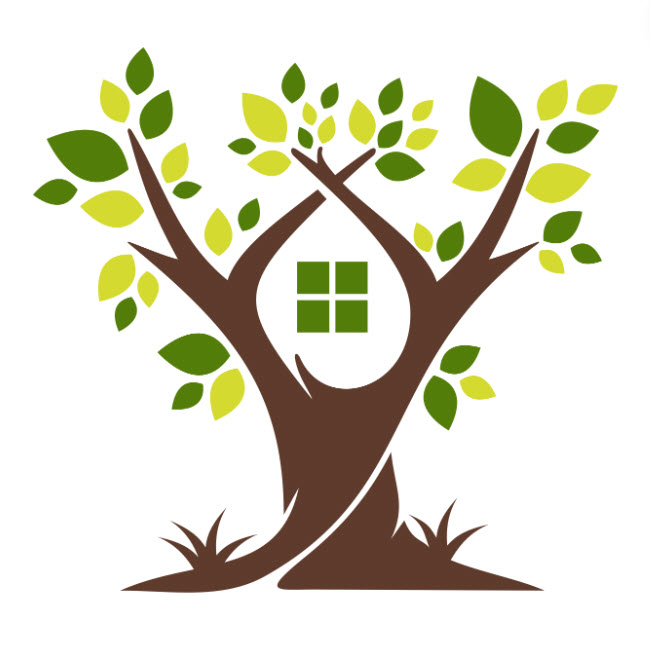Residential vs Commercial
Trees are an integral part of our environment, contributing to the aesthetics, air quality, and overall well-being of our spaces. Whether in residential neighborhoods or commercial properties, trees require care and maintenance to thrive and avoid becoming hazards. However, the approach to tree services can differ significantly between residential and commercial settings. This article explores the differences, similarities, and unique considerations for residential and commercial tree services.
Understanding Residential Tree Services
Scope and Purpose
Residential tree services primarily focus on the needs of homeowners. The primary goal is to maintain the health and appearance of trees in private yards. These services may include routine pruning, tree removal, stump grinding, emergency storm response, and disease management.
Personalized Care
One of the hallmarks of residential tree services is the personalized attention given to each tree and property. Homeowners often have specific preferences about how their trees should look, how much shade they want, or even the type of wildlife they wish to attract. Tree service providers in residential settings often work closely with homeowners to create customized care plans that align with their aesthetic and practical needs.
Safety and Aesthetics
In residential settings, safety is a significant concern. Trees that are too close to homes, power lines, or other structures can pose risks during storms or high winds. Regular inspections and maintenance help prevent potential hazards. Additionally, the aesthetic appeal of trees is crucial in residential areas. Proper pruning techniques, disease prevention, and fertilization are essential to ensure that trees contribute to the overall beauty of the property.
Common Residential Services
- Tree Pruning and Trimming: Regular pruning helps maintain the tree’s shape, promotes healthy growth, and prevents branches from encroaching on buildings or power lines.
- Tree Removal: When a tree is dead, diseased, or poses a safety risk, removal is necessary. Residential tree removal must be done with care to avoid damage to the property.
- Stump Grinding: After tree removal, stump grinding is often performed to eliminate the remaining stump, preventing tripping hazards and allowing for replanting or landscaping.
- Emergency Services: Storms or other unforeseen events can cause trees to fall or become dangerous. Emergency services provide quick responses to mitigate hazards.
- Disease and Pest Management: Trees in residential areas are susceptible to diseases and pests, which can spread quickly. Treatment and prevention are essential to maintaining tree health.
Understanding Commercial Tree Services
Scope and Purpose
Commercial tree services cater to the needs of businesses, municipalities, and large-scale properties such as schools, parks, and golf courses. The primary focus is on maintaining the functionality, safety, and visual appeal of trees in areas where public access and usage are high.
Efficiency and Scale
Unlike residential tree services, which are often personalized, commercial tree services operate on a larger scale and prioritize efficiency. Properties with numerous trees require systematic planning and execution to ensure that all trees are maintained without disrupting the business operations or public access. The scale of commercial tree work often necessitates the use of specialized equipment and larger teams.
Regulatory Compliance
In commercial settings, regulatory compliance is a critical consideration. Businesses and municipalities must adhere to local, state, and federal regulations regarding tree care, especially in areas with historical significance or environmental protections. This includes adhering to guidelines on tree preservation, pruning practices, and safety protocols during tree removal. Failure to comply with these regulations can result in fines or legal action.
Common Commercial Services
- Comprehensive Tree Management Plans: For large properties, commercial tree services often develop and implement long-term tree management plans that include regular inspections, pruning schedules, and planting strategies.
- Tree Removal and Land Clearing: Large-scale tree removal is common in commercial settings, whether for new construction, landscaping renovations, or safety reasons. Land clearing for development also falls under this category.
- Tree Health Assessments: Regular health assessments help identify potential problems before they become severe. In commercial settings, this is particularly important for liability reasons.
- Emergency Response: Just like in residential areas, storms or accidents can cause trees to fall or become dangerous. However, in commercial areas, the response needs to be swift to minimize disruption to business operations or public safety.
- Utility Line Clearance: Trees growing too close to power lines are a significant concern in commercial areas. Regular trimming and clearance are required to prevent power outages and comply with utility regulations.
Key Differences Between Residential and Commercial Tree Services
Scale and Complexity
The most apparent difference between residential and commercial tree services is the scale of the work. Residential tree care usually involves a few trees per property, while commercial properties may have hundreds or even thousands of trees that require attention. The complexity of managing such a large number of trees, often across multiple locations, requires a different approach, including the use of advanced technology for mapping and monitoring tree health.
Customization vs. Standardization
Residential tree services tend to be highly customized, with a focus on the individual needs and preferences of the homeowner. In contrast, commercial tree services often follow standardized procedures designed to efficiently manage large-scale tree care. While customization is still possible in commercial settings, the emphasis is typically on consistency and adherence to broader management plans.
Regulations and Liability
Commercial properties are subject to more stringent regulations regarding tree care, particularly in public spaces. Liability concerns are also more significant in commercial settings, where a tree-related accident could impact many people and result in substantial legal consequences. As a result, commercial tree service providers must be well-versed in the relevant laws and standards.
Equipment and Expertise
While residential tree services often involve smaller-scale equipment, such as chainsaws, ladders, and stump grinders, commercial tree services require more specialized and larger equipment. This includes cranes, bucket trucks, and industrial stump grinders capable of handling large trees and extensive root systems. The expertise required to operate this equipment and manage large-scale projects also differs, with commercial arborists often having additional certifications and experience.
Response Time and Availability
In both residential and commercial settings, the need for emergency tree services can arise unexpectedly. However, commercial tree services often need to provide faster response times due to the potential impact on business operations or public safety. Commercial tree service providers are usually equipped to handle emergencies at any time of day, ensuring minimal disruption.
Conclusion
Residential and commercial tree services are both essential for maintaining the health, safety, and beauty of our environments, but they differ significantly in their approach, scale, and requirements. Residential tree services offer personalized care tailored to the specific needs of homeowners, while commercial tree services focus on efficiency, regulatory compliance, and managing large-scale tree populations. Understanding these differences can help property owners and managers choose the right services to meet their specific needs and ensure that their trees continue to thrive. Whether for a single tree in a backyard or a forest of trees in a business complex, professional tree services play a crucial role in maintaining the natural beauty and safety of our surroundings.

